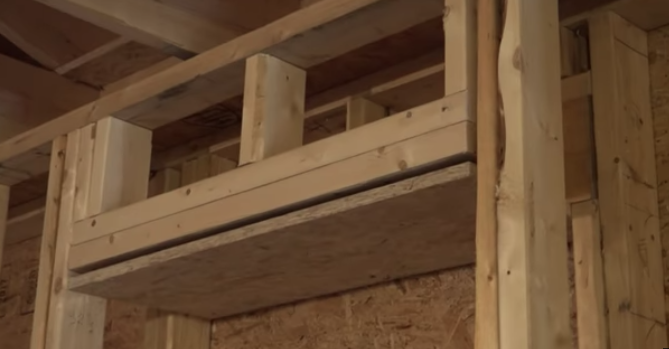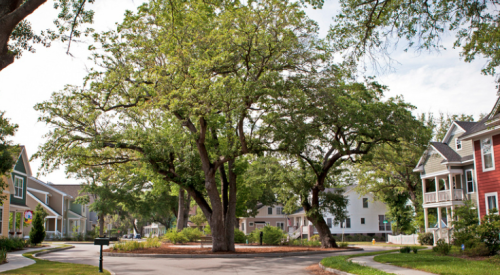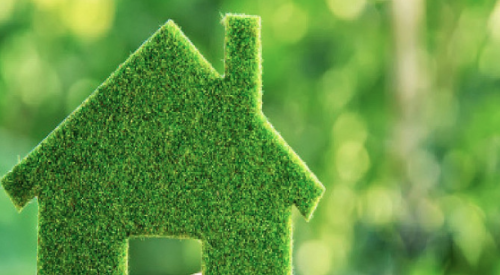Elaborating on the difficulty of marketing sustainable houses to prospects, one Colorado custom home builder writes: "Once I was a super-strong advocate for green. Now I focus on what the buyers want, which is to come to a reasonable level of energy-saving components.
A common response in Professional Builder’s High-Performance Home survey was that consumers aren’t willing to pay extra for energy-efficient, eco-friendly features: “Too much bad marketing out there,” wrote a California production home builder. “When you really do step up and build an efficient, certified home, you’re compared to your competition who [are] marketing ‘green high performance,’ which turns out to be nothing more than minimum code requirements that everyone already does. Unless you have a savvy buyer that really understands the specifications and the impact of your specification/inspection choices, we’re forced to give that value away at no cost.”

Of course there are builders and architects that differentiate themselves by going as extremely green as Net Zero energy–ready houses for an audience seeking a reduced carbon footprint and willing to embrace higher up-front costs for lower utility bills later on. Proponents, rebutting the contention that buyers don’t ask for green, argue that buyers don’t ask for many finish upgrades either, but builders sell those.
Yet finding those willing buyers is tough. “The consumer either is educated in environmental concerns or not,” a Missouri custom home builder wrote. “The educated understand the price difference for systems. The uneducated have to be sold on green systems. There’s a 50-50 chance that the uneducated are willing to accept the reasoning for the cost difference in the end, and families with young children are easier to get on green systems.”
A sizable number of respondents to this survey are trying to find a middle ground, like this Colorado architect: “I have always designed with ‘green’ in mind, as I have a degree in Passive Solar. Very few custom homebuyers want to spend extra, yet I can design in most elements that make a home more efficient without adding significant cost.”

ERV systems beat out tankless water heaters, which were installed in all projects for less than 25 percent of survey participants. Features tallying in the single digits for installation in all projects include graywater reuse systems, solar panels, geothermal heating/cooling systems, and insulated concrete forms/structural insulated panels.

About one-quarter of builders that certify their high-performance homes use their own program or at least conduct their own blower-door checks. Custom home builders that answered no predominantly explained that their clients aren’t interested in spending the money and time to go through a certification process. Many production home builders wrote that they are not doing it because: their customers aren’t asking for it; incentives have disappeared, so the cost to build green has substantially increased; or local building codes are sufficiently stringent.

More than half of respondents that said yes agreed that the healthy-living message carried as much or more impact in closing the sale as did lower utility bills. More than 83 percent who said no indicated they are aware of studies showing a link between health benefits and living in a green home. A South Carolina luxury home builder wrote that his buyers aren’t concerned with saving on utility bills. A West Coast builder for move-up/move-down buyers said gauging whether healthy living messaging has as much impact as reduced energy bills is hard to say, “but it definitely helps.”


Other certifications mentioned included EarthCraft, RESNET, Certified Passive House (PHIUS), GreenPoint Rated, and programs administered by local utility providers.

Most builders and architects indicated that they do make an effort to educate clients about the energy efficiency and/or the environmental impact of their projects through marketing.



The high-performance house returns a premium of 5 percent or less for most respondents. A diversified remodeler and a Passive House Alliance U.S. member from New York wrote that even banks and other lenders don’t understand the residual income that can be achieved on the back end by owning a low-energy home, so they don’t loan enough money to cover the cost of green products.

A minority of respondents either strongly agreed or somewhat agreed that green helps homes sell, compared with almost 53 percent in last year’s survey. In addition to citing indifference from buyers who resist paying more, an Arizona custom home builder complained that appraisers don’t care how much a builder spends to make a home green.
(Icon: AlexKaplun / stock.adobe.com)

Another barrier mentioned in the “Other” category is that there are too many certification agencies out there with different standards, which only confuses and frustrates homeowners. Also noted multiple times was the lack of contractors that know how to install systems to a higher standard and trades that experience turnover with their labor, forcing builders to constantly retrain.













